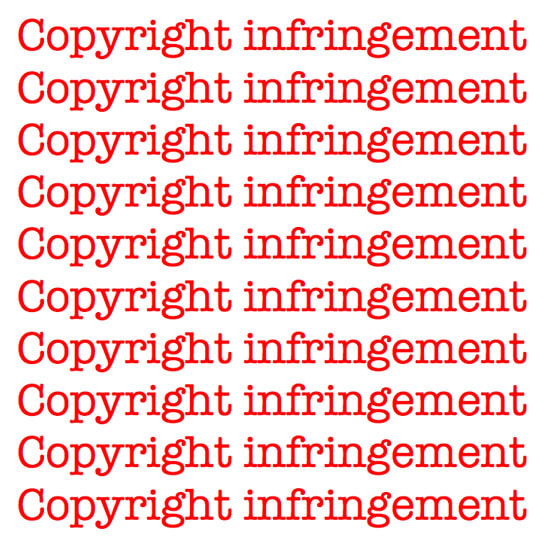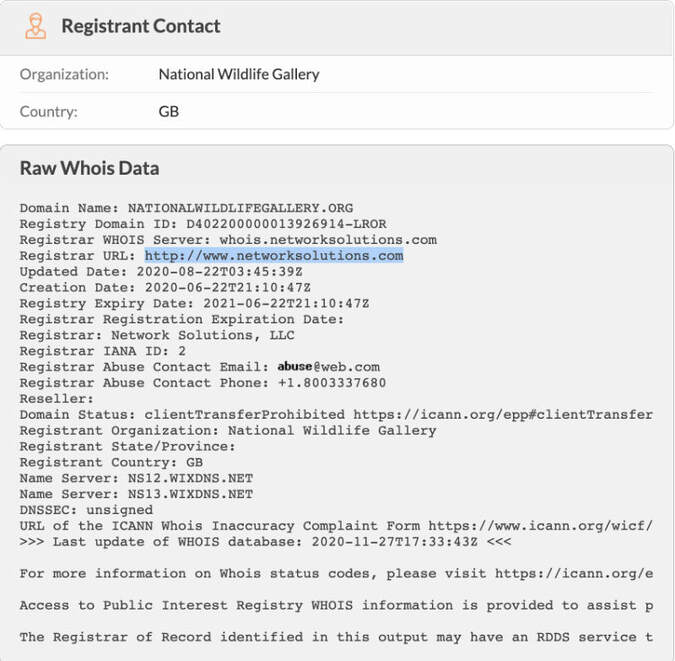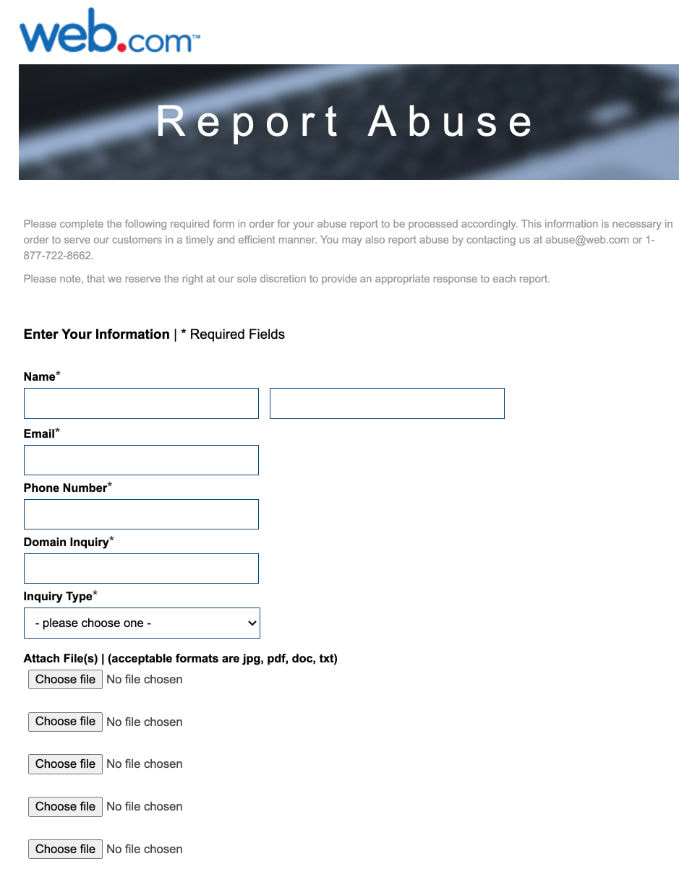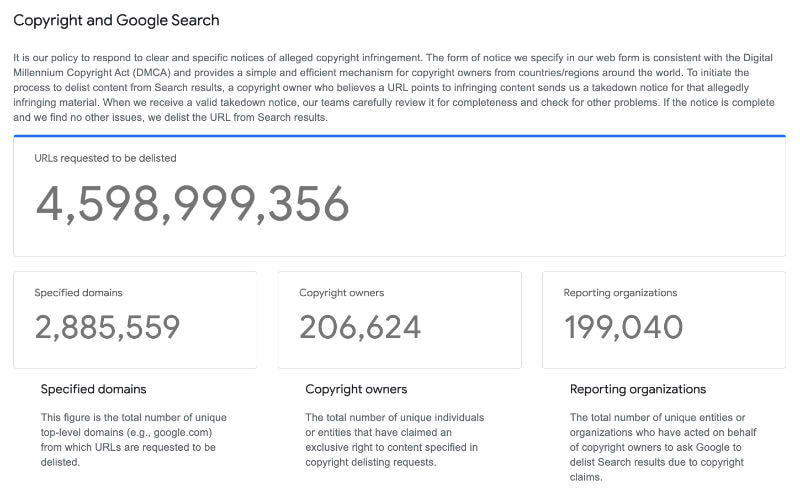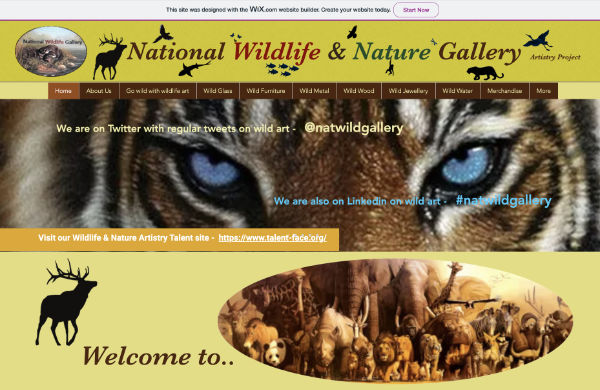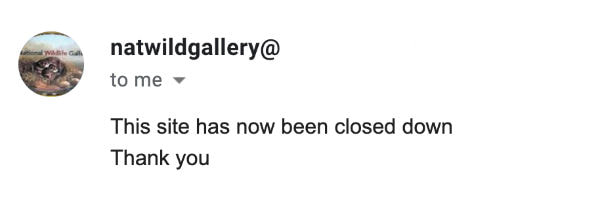- Home
- NEWS
-
PRACTICE
-
MARKETING
- How to write an Artist's Statement >
- How to write an Artist's Resume or CV >
- How to sign a painting, drawing or fine art print
- Business Cards for Artists
- How to write a press release for an artist
- The Private View Invitation
- Publicity for Juried Exhibitions
- Websites for Artists >
- Image & Video sizes for Social Media Sites
- How to be mobile-friendly
-
SELL ART
- FRAME ART
-
SHIP ART
-
COPYRIGHT
-
MONEY & TAX
- About + Help
- BANKING
|
This section covers:
Note: I'm not a lawyer and you should not rely on any assertions I make as legal advice. I'm just an ordinary artist and writer who is trying to make sense of copyright in relation to visual art - and what artists can do if their copyright is infringed and/or others act in such a way as to create orphan works from their copyright protected artwork. These pages organises links to what seem to me to be relevant websites. If you need the help of a lawyer you should engage a professional. |
Take action on stolen content
|
The threshold for taking action is:
|
For a copyright case to be valid, the infringer has to have taken a material amount of expression. While this varies from case to case, it is not negligible or de minimis. |
WHAT TO DO if your artwork is stolen / plagiarised and your copyright infringed.
|
Notify the plagiariser (optional)
You can contact the blogger,webmaster and serve a takedown notice i.e. explain they are in breach of copyright - and ask them to remove the content immediately (or within a specific time period eg 24 or 48 hours). If I contact somebody who I think has plagiarised in error I tell them what happens next i.e. after 24 hours of my email being sent. (i.e. the process below re contacting web hosts; domain name registrars etc). That generally does the trick. Whether or not you notify the plagiariser is a judgement call. Beware of giving away an important email address. I use one used only for copyright notices. |
REFERENCE:
|
|
Use Whois to find out contact details
If you want to contact third parties you need to have a way of finding out who they are and what their contact details are
|
REFERENCE:
|
|
NOTIFY RELEVANT 3RD PARTIES
- who can make a difference All of the following assumes you are prepared to
These are people who can really make a difference if the website owner is ignoring you
|
It is Google's policy to comply with notices of copyright infringement pursuant to the Digital Millenium Copyright Act. To read more about our copyright policies and the requirements of a complete notice, please visit our Copyright Help Center. REFERENCE:
Below are links to specific sites on Google which enable you to progress These are articles about what to do if somebody takes your content
|
Anybody who thinks Google never ever does anything about infringement of copyright might like to read this TRANSPARENCY REPORT from Google
Below the image summarises the 4,598,999,356 URLs which were identified to be delisted!
If you've been affected by Copyright Infringement, ask yourself DID YOU REPORT IT TO GOOGLE?
Below the image summarises the 4,598,999,356 URLs which were identified to be delisted!
If you've been affected by Copyright Infringement, ask yourself DID YOU REPORT IT TO GOOGLE?
SUBMIT A COPYRIGHT INFRINGEMENT NOTICE
- Google states "Copyright violations: if you have found content violating your copyright, you can submit a DMCA takedown request."
- Google - Block content from Search (eg copyright infringements of your work - good for situations where it's impossible to contact the thief)
- Google Copyright Removal Dashboard - shows status of DMCA notices you've served on Google
- Google: If the copyright infringement appears on a Google property Report alleged copyright infringement: Google Photos, Google+ Photos and Picasa Web Albums
- YouTube: Submit a copyright takedown notice
- Instagram: Copyright Report form
- Tumblr: DMCA Copyright Notifications
- Pinterest: Copyright Complaint Form
|
NAME AND SHAME
If the person is well known and taking your content - and has done nothing about it, you might want to call them out publicly on it. A number of artists' groups have a particularly effective way of calling out individuals via Facebook where they basically swarm and comment constantly until the content is removed. |
|
|
PUBLICISE THE INFRINGEMENT
Notify people who will record the infringement Highlighting wrong-doing (if you are sure that this is what it is) on the Internet can be very effective, especially if it goes viral. The references can linger long. Sometimes the most effective thing to do is to highlight what has happened on a third party website - such as the Chilling Effects Clearinghouse. Sometimes people will record what has happened even if you don't ask them to. It's always important to use the word alleged if you are unclear of the facts and want to write about a case of alleged infringement. |
REFERENCE:
|
|
LEGAL ACTION
Recover any financial losses This can be expensive and, in general, you don't want to go there. There's a lot that can be done before you need to think about employing a lawyer. Sometimes it can be better to write off a copyright infringement to experience - and then take action to make sure it doesn't happen again. However if somebody is making money off your artwork you can seek recovery of all income made and punitive damages and recover your legal expenses |
REFERENCE:
|
|
CHANGE YOUR PRACTICE
Take action to retain control of your images This can be relatively simple (eg watermarking images) or you can invent an entire structure to prove that your property rights are being infringed. Banksy came up with a brilliant way of proving whether or not a piece is created by him - his Instagram is the only place he publishes his creations. Plus he and his advisers have devised a legal structure to take counterfeiters to court for infringing his trademark. |
REFERENCE
|
|
CASE STUDY: A successful outcome
Is your artwork on the "National Wildlife & Nature Gallery" website? is about a scam website which was taken down successfully in a few hours. The website was identified by Harriet Mead, President of the Society of Wildlife Artists as containing images of her own artwork and those of other artists she knew. Together we followed a basic form of the approach I advocate above (you can read about it in the blog post) and four hours after we started, the site was taken down and the Twitter account was deleted. It's helpful if you can have people dedicated to different tasks
|
LEARNING POINTS
|
ADVERTS
ADVERT
Copyright Infringement and Content Theft
|
A variety of bloggers and others have provided useful posts about copyright and how to handle copyright theft.
Below are a number of useful posts categorised by their main topic of interest. Do please let me know if you find any good new posts to add to this list! |
freedom of expression is very much skin to freedom of speech. Both are absolutely NOT "absolute" - both are hedged in by a number of conventions expressed in law. |
|
Copyright and plagiarism in general
|
Copyright Infringement: Artwork
|
Content theft: Hijacking, Spam and Splogs
- The Growing Trends in Content Theft: Image Theft, Feed Scraping, and Website Hijacking - Lorelle writes: Stealing content directly off your site or blog and posting it on another blog, or even in magazine, is the most common method of content theft.
- Website Hammered by Hotlinking, Spammers, and Free Loaders? - Lorelle writes: My main site recently was hammered by Hotlinking, Spammers, and Free Loaders. This can happen to any website, so we all need to learn how to keep an eye on potential abuse of our sites.
- How to Complain and Report Spam Blogger Blogs - There are hundreds of spam blogs (also called Splogs) in the blogosphere. Most of these are created on the feature rich and free blogging platform Blogger offered by Google.
|
Website Practices which cause concern
|
Websites with better practices
|
What to do if you are accused of copyright infringement
It's Your Work: Prove It | The Blog Herald - What to do when a website accuses you of infringing copyright because somebody else has uploaded your work to their site. It also discusses non-repudiation services
|
ADVERT
|
ABOUT ART BUSINESS INFO. FOR ARTISTS
This website aims to provide a compendium of resources about the art business for artists. Please read "PLEASE NOTE"
It helps artists learn how to do better at being business-like, marketing and selling their art and looking after their financial security.
This website aims to provide a compendium of resources about the art business for artists. Please read "PLEASE NOTE"
It helps artists learn how to do better at being business-like, marketing and selling their art and looking after their financial security.
|
Copyright: 2015-2021 Katherine Tyrrell | Making A Mark Publications
- all rights reserved If you've got any suggestions for what you'd like to see on this website please send me your suggestion
|
PLEASE NOTE:
1) Content and the law change all the time. It's impossible to keep up with it if you're not working on the topic full time. 2) I research topics carefully. However, I am totally unable to warrant that ANY and/or ALL information is
|
3) Hence all information I provide comes without any LIABILITY whatsoever to you for any choices you make.
4) This website is FREE FOR YOU but not for me. Links to books are Amazon Affiliate links. Buying a book via this website means I get a very small payment which helps to fund and maintain this website. .I much appreciate any support your provide. Adverts are provided by Google AdSense - but the adverts do not mean I endorse the advertiser. |
- Home
- NEWS
-
PRACTICE
-
MARKETING
- How to write an Artist's Statement >
- How to write an Artist's Resume or CV >
- How to sign a painting, drawing or fine art print
- Business Cards for Artists
- How to write a press release for an artist
- The Private View Invitation
- Publicity for Juried Exhibitions
- Websites for Artists >
- Image & Video sizes for Social Media Sites
- How to be mobile-friendly
-
SELL ART
- FRAME ART
-
SHIP ART
-
COPYRIGHT
-
MONEY & TAX
- About + Help
- BANKING
